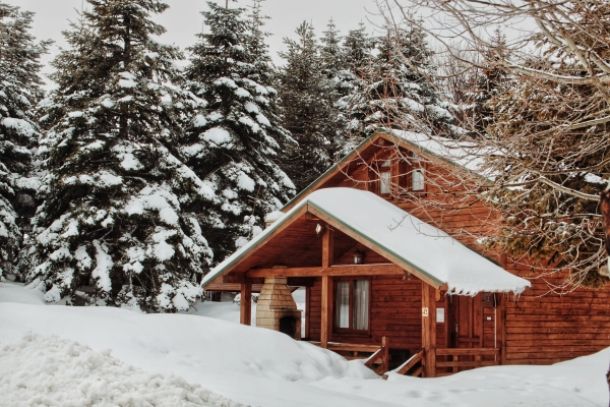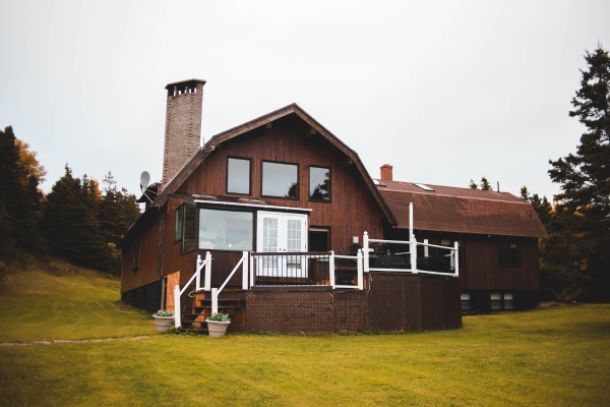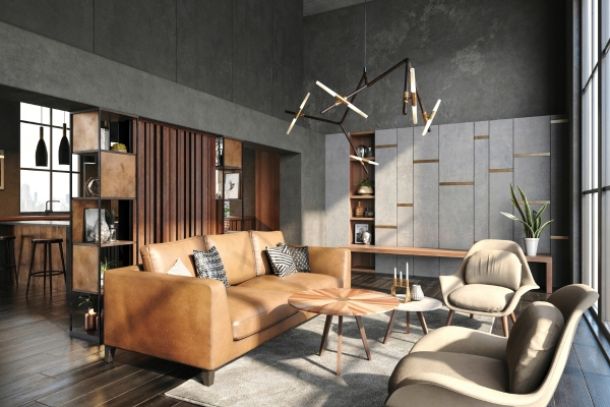Timeless Tips for Constructing Your Wooden Home
Timeless Tips for Constructing Your Wooden Home
Building a wooden home is a timeless pursuit that combines tradition with practicality. Whether you’re a novice DIY enthusiast or a seasoned builder, certain enduring principles can help you create a structure that stands strong and beautiful for generations. This article offers timeless tips for constructing your wooden home—covering planning, material selection, joinery, finishing, and long-term maintenance—to guide you in crafting a home that melds natural warmth with lasting durability.
Introduction
Wooden homes have captivated builders for centuries because of their natural beauty, energy efficiency, and sustainability. Yet, the process of constructing a wooden house goes beyond merely assembling timber—it involves careful planning, quality craftsmanship, and a deep respect for tradition. The following tips are drawn from both historical practices and modern innovations, ensuring that the methods you employ remain effective over time.
Start with Detailed Planning
Establish a Clear Vision:
Begin by envisioning the kind of home you wish to build. Create mood boards or sketches that capture your desired style—whether it’s rustic, modern, or a blend of both. A clear vision informs every subsequent decision, from layout to materials.
Develop Comprehensive Blueprints:
Detailed blueprints are essential. Work with design software or consult with an architect to draft accurate floor plans and structural drawings. Your plans should include precise room dimensions, load-bearing walls, window placements, and utility lines. Detailed plans not only help prevent mistakes during construction but also serve as a roadmap to keep your project on track.
Budgeting and Scheduling:
Set a realistic budget covering materials, tools, permits, and contingencies. Break the project into phases and establish a timeline with milestones. A well-organized schedule ensures you remain focused and can allocate resources efficiently.
Select Quality Materials
Choose Durable Timber:
The longevity of your home hinges on the quality of the wood you choose. Select species known for their natural resistance to decay and insects—such as cedar, pine, or oak. Ensure the wood is well-seasoned to minimize warping and shrinkage. Sustainable sourcing, like reclaimed or certified timber, not only supports environmental responsibility but also adds unique character to your build.
Supplement with Complementary Materials:
Beyond timber, consider additional materials that enhance structural integrity and energy efficiency. Reinforcements like metal brackets, high-performance insulation, and weather-resistant sealants are vital to protect and preserve your wooden home over time.
Employ Timeless Joinery Techniques
Traditional Joinery Methods:
Many time-tested joinery techniques—such as mortise and tenon, dovetail, and saddle notches—have been used for centuries to join timber securely. These methods provide not only exceptional strength but also a distinctive visual appeal. They reflect a level of craftsmanship that modern fasteners alone can’t achieve.
Hybrid Approaches:
Combine traditional joinery with modern connectors when necessary. For example, while hand-cut dovetail joints can be the centerpiece of exposed beams, supplementing them with corrosion-resistant screws in less visible areas can add extra security without compromising the aesthetic.
Construction and Assembly
Foundation and Framing:
A strong foundation is the cornerstone of any durable home. Depending on your site, choose between concrete slabs, pier and beam, or crawl space foundations. Once established, construct the frame using treated lumber and follow your blueprints meticulously. Precision during framing—using tools like laser levels and digital measuring devices—ensures that every beam and joint is aligned perfectly.
Insulation and Roofing:
Proper insulation is key to energy efficiency and indoor comfort. Supplement the natural insulating properties of wood with eco-friendly insulation materials in walls, roofs, and floors. For roofing, select a system that not only complements the overall design but also withstands local weather conditions. Options such as wooden shingles, metal panels, or composite materials can provide lasting protection while maintaining the home’s aesthetic appeal.
Finishing Touches
Exterior Finishing:
Protect and enhance your wooden home’s appearance with high-quality sealants, stains, or low-VOC paints. These finishes shield the timber from UV rays, moisture, and pests while highlighting the natural grain of the wood. Regular maintenance of the exterior finish is essential to preserve both beauty and durability.
Interior Customization:
Your interior spaces should reflect your personal style while prioritizing functionality. Consider open floor plans, custom cabinetry, and handcrafted details that celebrate the wood’s natural warmth. The blend of natural materials with modern design elements creates an inviting atmosphere that stands the test of time.
Long-Term Maintenance
Routine Inspections:
A wooden home, no matter how well-built, requires regular maintenance. Schedule periodic inspections to catch early signs of moisture, pest infestations, or structural stress. Early detection allows for timely repairs, preventing minor issues from evolving into major problems.
Seasonal Upkeep:
Implement a seasonal maintenance routine that includes cleaning gutters, resealing exterior wood surfaces, and checking roofing materials after severe weather. Consistent upkeep not only extends the lifespan of your home but also preserves its aesthetic charm.
Conclusion
Timeless tips for constructing your wooden home emphasize the importance of detailed planning, quality materials, skilled joinery, and diligent maintenance. By embracing traditional techniques alongside modern tools, you can create a wooden home that marries natural beauty with lasting durability. Let these enduring principles guide your project and ensure that your home stands as a testament to both your craftsmanship and your commitment to building something truly lasting.


